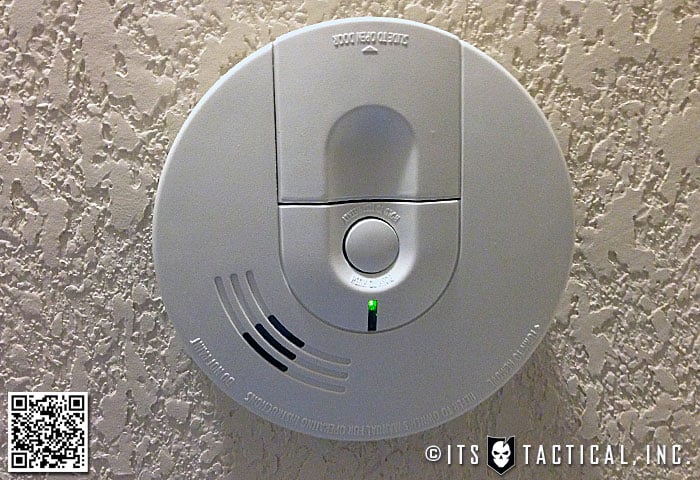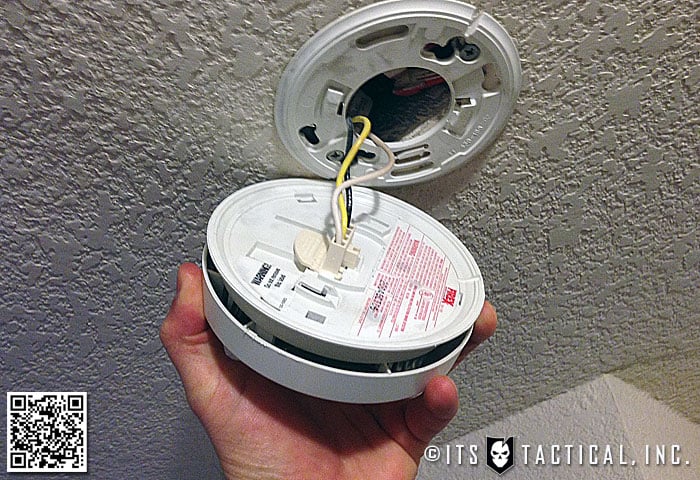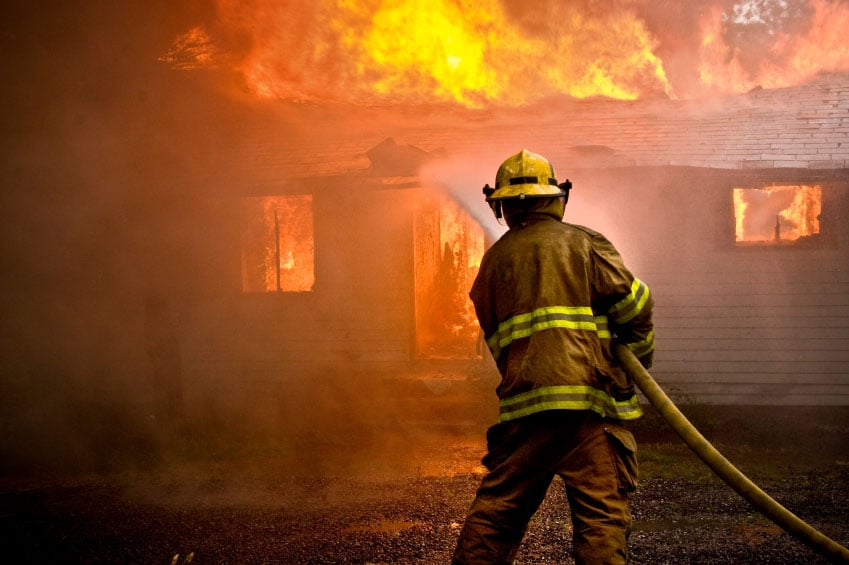Can Certain Types of Smoke Detectors Actually Fail to Alert You?
Can Certain Types of Smoke Detectors Actually Fail to Alert You?
The National Fire Protection Association states that nearly two thirds of home fire-related deaths occurred in homes that were either without smoke alarms or had non-functioning units.
While ensuring your smoke detectors are in working order is of the utmost importance, can the type of smoke detector you have actually alert you sooner than others to an impending fire?
We’ll be taking a look at just that in this article, as well as some tips on how you can ensure your smoke detectors are running at their peak performance.
Smoke Detectors
A news story from a local CBS affiliate recently caught my attention as I was watching the evening news. They were reporting on a series of tests that a local Fire Department had done using the two most common types of smoke detector technology available on the market, Photoelectric and Ionization detection.
Ionization smoke detectors are designed to handle detection of open flames better than Photoelectric and Photoelectric detection is more applicable for smoldering fires. Dual detectors are also available which employ both Photoelectric and Ionization detection. The potential problem lies in the fact that 90% of homes only have the less expensive and more common Ionization-type smoke detectors installed.
Dr. Don Russell, a Texas A&M Engineering Professor was interviewed in the news report and has apparently been attempting to warn the government of the deficiencies of Ionization-type smoke detectors since mid 80s and noted the statistic. He also stated that “people are going to continue to die in slowly developing, toxic fires in homes, if all they have is an Ionization Smoke Detector.”
Fire Department Tests
In the tests put on by the Fire Department, all three types of smoke detectors were utilized; Ionization, Photoelectric and Dual. The first fire tested was a smoldering fire, which was first alerted by the dual detector and shortly thereafter by the Photoelectric detector (a little over five minutes). Finally, in almost double the time (10 minutes) the Ionization detector sounded. One Fire Fighter in the interview mentioned that despite the smoke becoming so thick you couldn’t even see the Ionization detector, it still hadn’t gone off.
The next test utilized a fast burning open-flame fire, which was first picked up by the Ionization detector and shortly thereafter by the other two (Photoelectric and Dual.) In this test the Ionization detector performed great. It’s the lack of performance on the smoldering fire that should make you wary.
This is important: YOU CAN’T PREDICT WHAT KIND OF FIRE YOU COULD POTENTIALLY EXPERIENCE IN YOUR HOME! Make sure you can detect both open-flames and smoldering fires by having the right equipment!
What Can You Do?
First off, you need to know what’s already installed in your house. Grab a ladder and take one of your smoke detectors off the ceiling and look at the back. You’re looking for the letter P (photoelectric), I (ionization) or D (dual). The words may be spelled out as well. In my case, all I could find was the product number on the smoke detectors in our house and I had to Google that to figure out that they’re as I suspected, Ionization.
Once you know what you’re dealing with, don’t throw your existing detectors away. What you do need to do is purchase the other type of detector if you don’t already own a dual that utilizes Photoelectric and Ionization detection. You can pick up Ionization detectors for under $10, Photoelectric detectors for around $15 and Dual (combination) detectors for about $25.
Further Tips
- Test your smoke detectors monthly; most have a button to hold for an audible beep test.
- Change your batteries up to twice a year. Yes, 9 volt batteries aren’t cheap, but what’s your family’s safety worth?
- Ensure your smoke detectors are installed up high on walls or ceilings. Remember, smoke rises.
- Additionally, you can use daylight saving time as your reminder to change your batteries. Every time you roll the clocks forward or backward, change the batteries in your smoke detectors!
- If you install smoke detectors within 20ft. of a cooking appliance or fireplace, it’s important to have one with a “hush” button that can be pressed to reduce the detector’s sensitivity for a brief time period.
- You may have smoke detectors hard wired into your home, as we do in our home. This is a great feature that triggers the additional smoke detectors if one goes off. Just be sure if you’re replacing these that you have a qualified electrician oversee the job and that your new units are compatible with each other and with the installed wiring.
- Consider adding Carbon Monoxide Detectors to your home as well. CO buildup is a “silent killer” often caused by malfunctioning fuel-burning devices, such as space heaters, water heaters, blocked chimneys or running a car inside a garage.
- Have a plan! Be certain that you know what you AND your family will do if a detector sounds in the middle of the night!
Do you have any further tips to add, or any experiences you’ve had with Ionization-type detectors not working in a smoldering situation?













Discussion